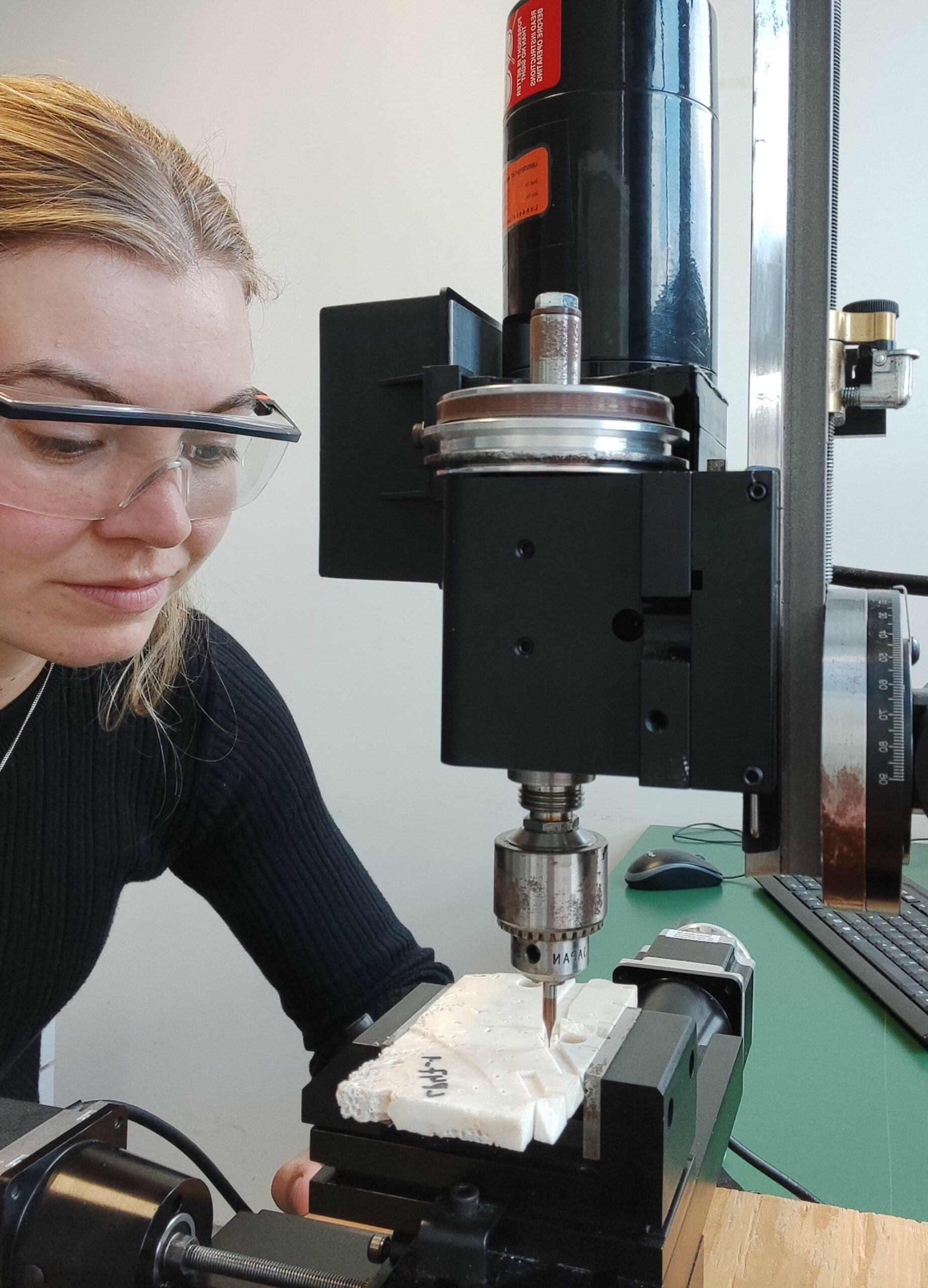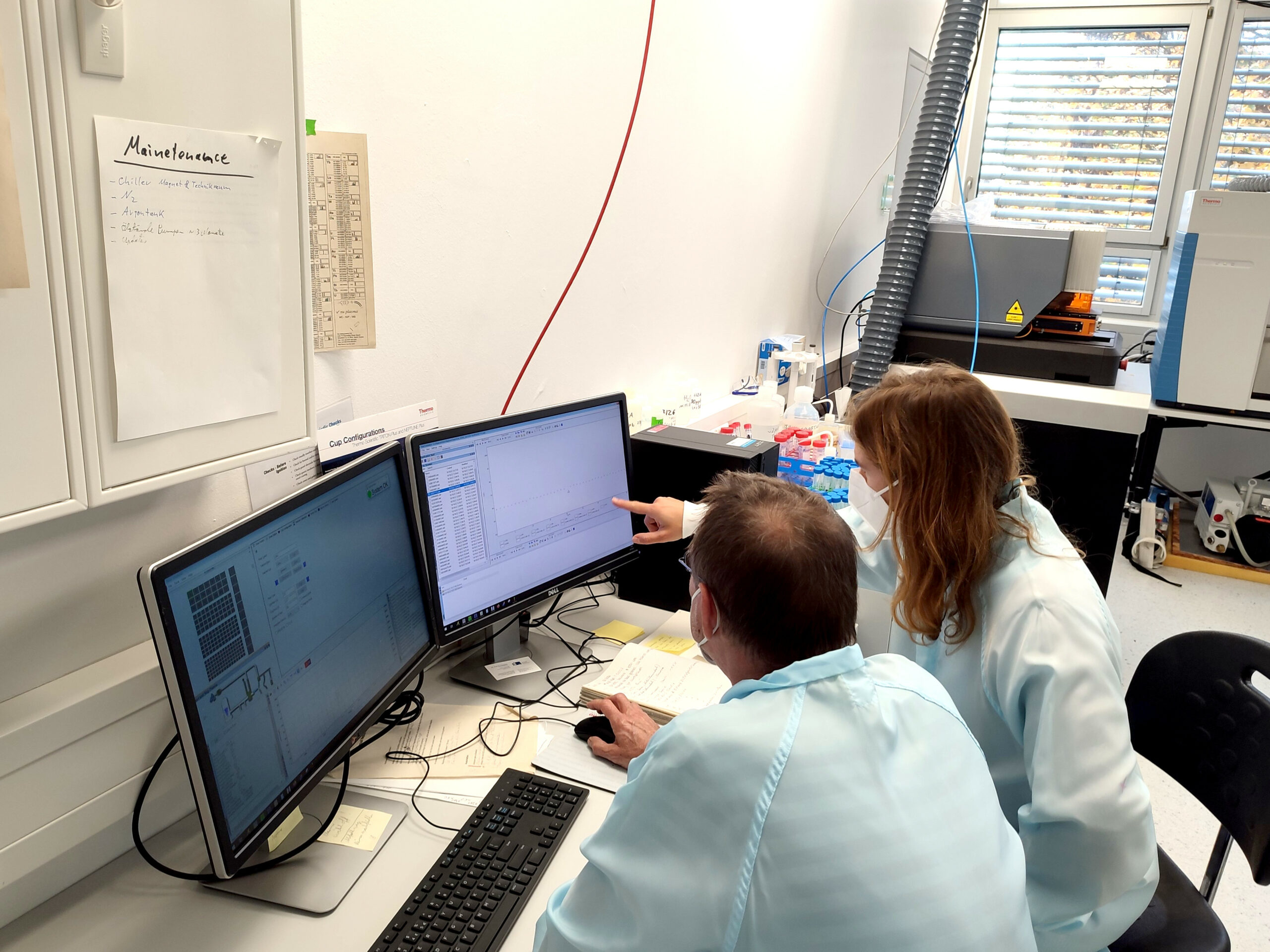

In the tropical Americas, future climate scenarios predict increased warming also in the lower latitudes, which will have significant implications also on regional sea surface temperature (SST), precipitation including tropical cyclones. Over the past centuries, SST changes in the Central American Seas have been well-studied and were shown to exhibit variability from the seasonal to multi-decadal scale. The forcing includes variations in the strength of ocean circulation, atmospheric interactions, solar irradiance, freshwater discharge and volcanic aerosols. However, the impact of variations on the smaller scale of surface ocean motion and SST variability, such as from regional freshwater discharge, or the influence of vertical mixing and sub-mesoscale eddies on these timescales is difficult to assess and therefore largely unknown. We propose here to study U-isotopes (i.e. the seawater 234U/238U ratio) in tropical corals in combination with proxy derived SST ((P)SST) and radiocarbon, to reveal freshwater discharge changes, ocean advection and mixing and surface heat on sub-annual to multi-decadal timescales. To prove the concept, we have chosen to study the time since the Little Ice Age (c. 250 years) since a wealth of SST reconstructions exist for the Central American Sea and instrumental data is available for the past c. 40 decades. Therefore, we will be able to quantify synchronous changes of all three proxies to infer the influence of freshwater release into the precursor water masses of the Gulf Stream. Long coral drill cores are available to the project from several sites across the region including the Caribbean Sea (Puerto Rico, Yucatán peninsula), as well as from the Florida Strait (Cuba), and the western tropical Atlantic (Martinique). We further plan on punctuated analysis of corals from the southern Caribbean Sea off Bonaire and Venezuela. The compilation of this unprecedented data will not only allow to replicate regional signals of ocean – atmosphere interactions, but also to assess temporal and spatial gradients in the studied proxy time series. The comparison with regional precipitation estimates and tropical cyclone reconstructions will allow to assess the impact on all proxies, and in particular to assess if the seawater excess 234U can be applied as a proxy for freshwater discharge in the studied archives and elsewhere. This will constitute a valuable amendment for future studies of climate variability using tropical corals.
Principle Investigators
Norbert Frank (Heidelberg University)
Sophie Warken (Heidelberg University)
Project Scientist
Sahra Greve (Heidelberg University)



